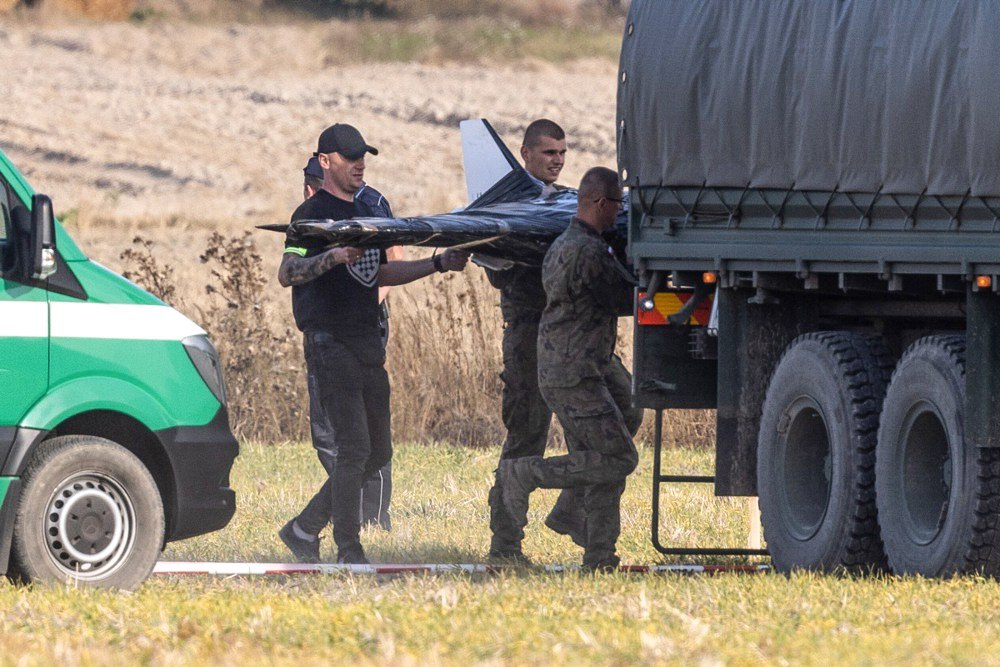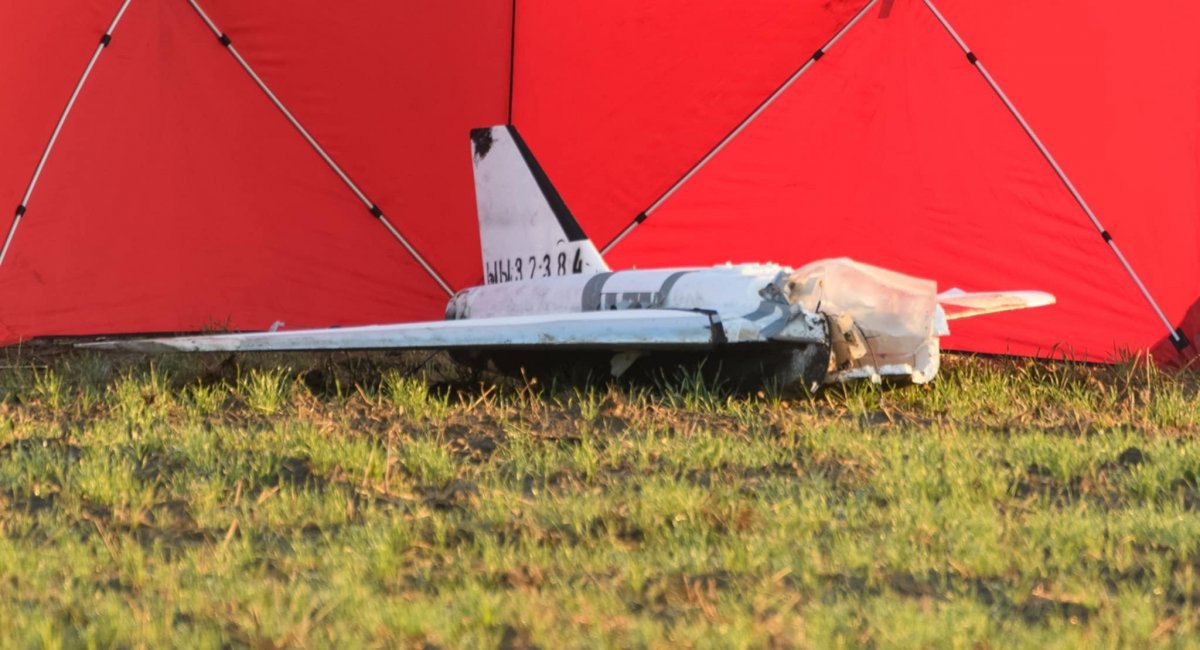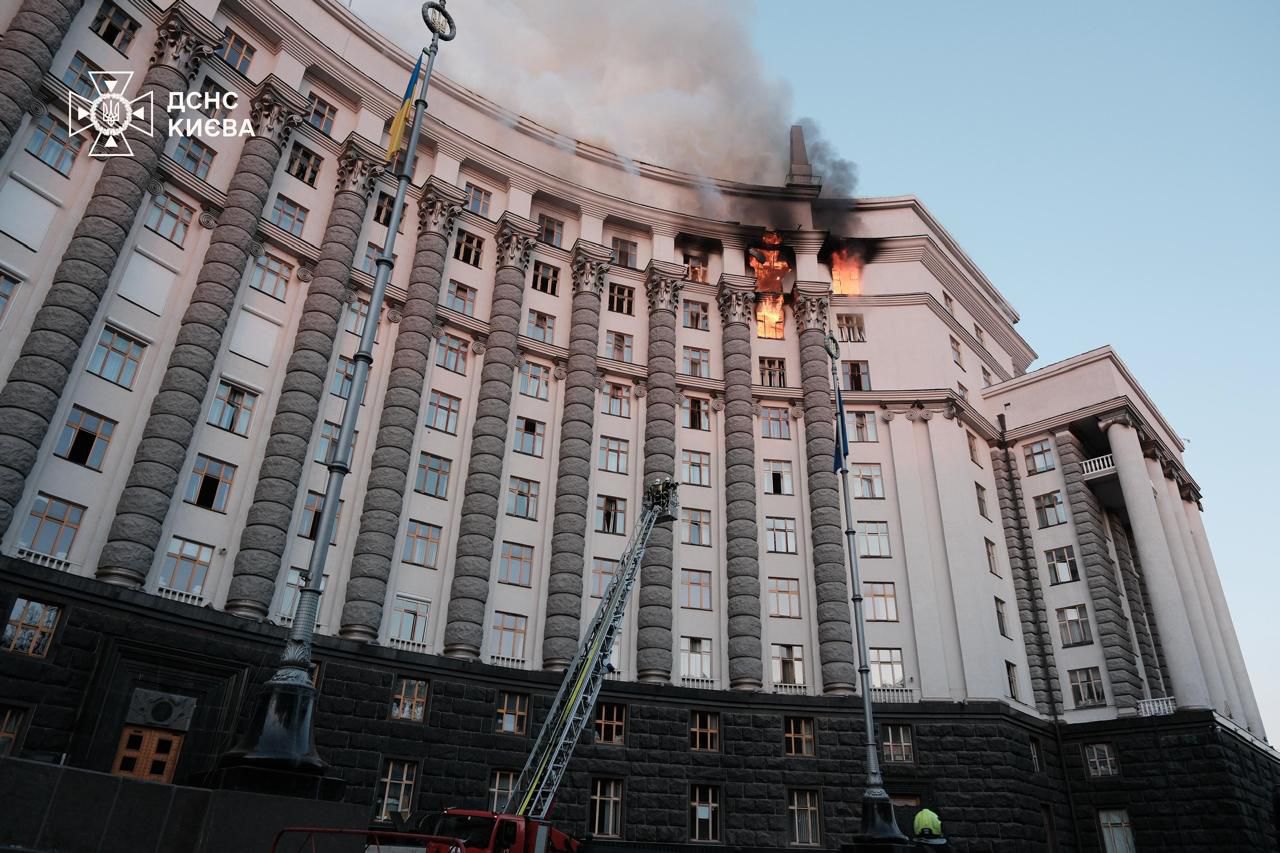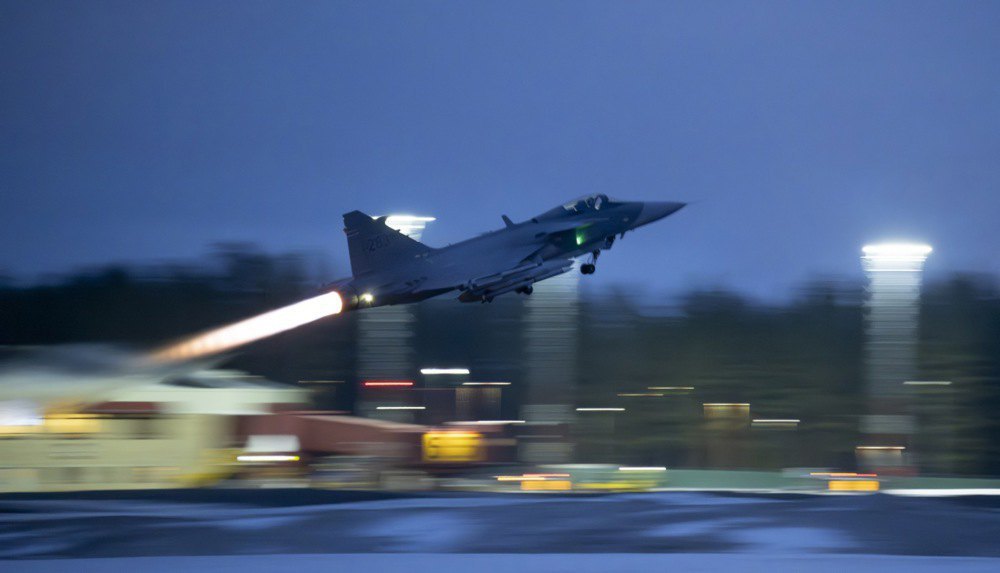
It is clear that the explanation will be as follows: interference, navigation failure, students in Alabuga did not attach the unit properly, such Gerberas can be bought in any military store.
It is clear that they were shot down; and those that were not shot down fell somewhere in the fields — not everyone can spend $2 million on a missile for a Gerbera for 100 thousand.
However, Italian air radars on duty guided Dutch F-35s — I am sure it was an easy mission, shooting at targets.
I think it was not so much an attempt to gauge the political reaction as it was a test of the defences: Warsaw's air defence is traditionally not the strongest — a few newly formed Patriot batteries, everything tied to aviation.
They wanted to see where the planes take off from, who will turn on the radars, whether they will jump to alternate airfields or not.
From the Kaliningrad side, this matter was probed by radio-electronic reconnaissance units, reconnaissance ship radars and others involved.
Protest notes, tweets, statements by politicians.

And what response did everyone expect? That Britain and France would strike Kaliningrad with tactical nuclear weapons?
At one time, Soviet ships rolled over the US Navy; mujahideen led by US instructors shot down hundreds of vehicles in Afghanistan with Stinger missiles; and during the Caribbean crisis, they shot down a US plane and bombed a Soviet submarine. However, it did not come to that. And it will not happen now.
No matter how much Vladimir Vladimirovich frowns, we already understand his dream of living to be 150 years old. But that's difficult to achieve in a bunker under nuclear fallout and, as a result, in winter.
Blockade? As long as they can get around it via Georgia, Kazakhstan and other third countries — as long as they don't start gutting dry cargo ships at sea and sinking tankers with submarines — they will continue to trade, water will find a way.
Sanctions? What else is left that isn't already under them? New ships from the shadow fleet and one-day companies will be duly entered into the registers, while the Russians will continue to buy and register more and more until the economy collapses.
What will happen next? Nothing more than what is already happening. Today, it is more profitable for Warsaw to pay compensation for broken windows and ceilings than to get involved in a war with a nuclear power.

And you would do the same if you saw the blown-up reservoir (one of the largest in Europe), the missile strikes on apartment buildings in Dnipro, and the Iskander missile sticking out of the Cabinet of Ministers building. War is scary, expensive, and bloody, and it should be delayed until the very last moment.
Another 50-100 billion from EU funds for Warsaw's defence — definitely.
A few more squadrons of ‘air police’ — the British will return to combat duty, having completed their mission a few weeks ago.
A few more German Patriot batteries — the German Air Force can cover the coastal areas.
Sweden will deploy several air defence missile systems and a Gripen wing.

Most likely, a flight ban will be imposed near the eastern border so that, if another raid occurs, transport aircraft and civilian airliners will not be put at risk.
The Sixth Division for Warsaw will be formed anyway; tanks will be purchased in South Korea — another 180 K2 tanks were recently ordered; the Unmanned Systems Force is being created, and WB, the manufacturer of Warmate, has received an order for 15,000 units.
The active reserve — personal contracts and troops on permanent standby — is approximately 320,000 soldiers, with a target of 800,000 in the future.
This is not easy, by the way, because it requires infrastructure: towns, kindergartens, jobs for wives and children, so that people will go to forest garrisons, in principle, for salaries that are not the highest on the market.
In general, Moscow continues to play the role of the Eastern European DPRK, forcing the EU to invest money in defence and the military-industrial complex, and neighbouring countries to avoid conflict as much as possible in order to prepare for future clashes.
If they wanted to intervene, they would have done so in 2022 after gestures of goodwill.
But today, Poland itself has spent several per cent of its GDP on aid to Ukraine. And the fact that they do not want to deploy troops in Ukraine even after the ceasefire is their decision, which should be respected.







